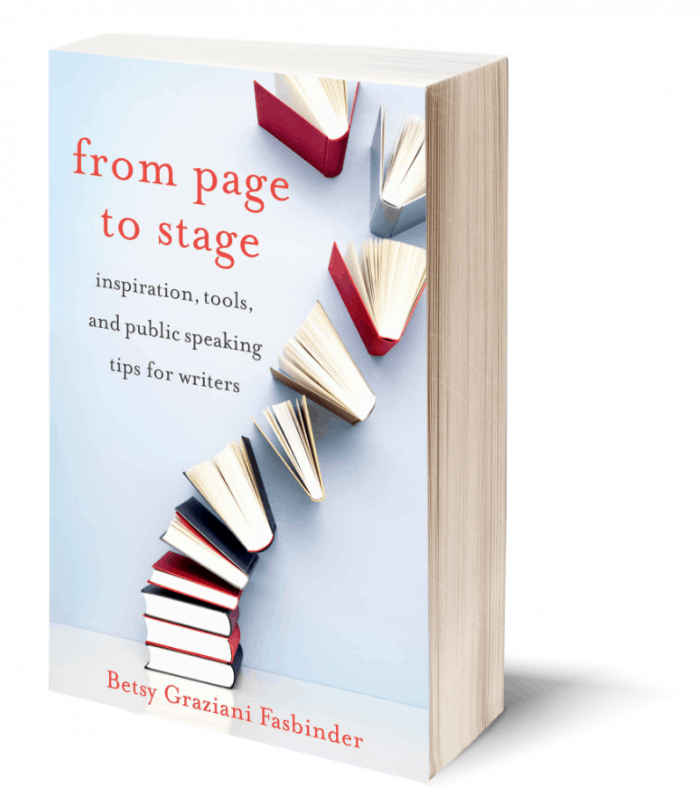This post originally appeared on the site of Jane Friedman on August 15, 2018.
In the age of YouTube—where instructions for many of our daily how-to challenges can be answered with a click—the needs for books in the how-to genre are changing. If the answers to your potential readers’ questions can be satisfied by watching a video, inquiring of Siri or Alexa, or consulting one of the plethora of For Dummies books already on the shelf, you may not need to write a book on that topic.
While the landscape of the how-to genre is changing, it’s not disappearing. Authors who have a unique voice or vantage, special knowledge and expertise, or can provide useful tools and a deep understanding of their subjects fill a valuable niche on the how-to shelves. Whatever your how-to topic—from techniques for a meditation practice, a method for inviting more songbirds to your yard, or encouraging an eco-friendly lifestyle—it’s by using great writing skills and telling an engaging story that authors of how-to books can offer value.
The following five steps can help you to simplify the writing process for how-to books and help you to write them in a way that allows today’s readers find value in their pages, and in you as an expert and valued resource.
1. Simplify your writing process.
A how-to book is not a literary novel and shouldn’t try to be. Still, it’s useful to remember that the best way to convey information is to tell a story, rather than doing a data dump. You’re telling the story of how to whatever subject you’re writing about can enhance your readers’ lives in one way or another. Information, wrapped in inspiration, conveys your passion for the subject.
It’s a mental shift to think of a how-to as a story, but a necessary one if you want to capture the attention of readers.
Beginnings are how writers hook readers. I suggest starting your how-to book—and indeed each chapter within it—by offering a high level statement of the problem, challenge or opportunity of your subject. Then, offer your point of view about that as a high-level solution to that problem at the beginning of every chapter. By doing this, you’ll engage your readers from the start.
Notice how I began this article. Just as I’m suggesting for a how-to book, in this article I begin with a high-level statement of the challenge, my point of view on the subject and the high-level solution. Once you’ve set up the issue and your point of view, you have the rest of the pages for offering details. Too many books in this genre start out in the trees (details), rather than in the forest (the big picture). Open with the big picture, and then offer the details.
While you don’t want your writing to feel like a formula—which can feel repetitive and boring—a repeated structure in a how-to for each chapter offers readers a sense of order. Repeated features, like using quotes, having a “try it out” section, or offering a list of links and resources at the end of each chapter or section can offer structure, which readers find comfortable. Determining a pattern for such special features can also help you to abbreviate the process of writing the book.
2. Don’t try to teach every single thing you know.
If you’re writing a how-to book about a topic, one would hope that you have fair knowledge about that topic. Even in book length you’ll likely not have enough space to convey everything you know. What’s more, if you try to write every nuance, example and detail, you’ll have to write an entire set of encyclopedias, rather than an accessible and marketable how-to.
Today’s readers don’t look for encyclopedias. They look for resources and inspiration. That means editing what you know down to what your readers want and need to know, with some surprises and delights along the way. That’s where your good writing skills are needed.
I like to think of selecting the information I want to share in any form as akin to packing for a trip. What are the things I know I must have? What are the items that would make the trip easier, and perhaps more fun? And, what things might I toss in the bag only if I have enough room? Sorting your content into the musts, mights, and truly optionals helps you pare down and resist over packing.
Feedback from beta readers and editors are invaluable at this point. If you leave something out that keeps them from understanding your idea, they’ll let you know. If you’re redundant, or the book is too long, they can let you know that, too. Pack the essentials and the important comfort items, and be selective about those optional luxuries.
3. Modernize for today’s audience.
Not so long ago, a bibliography included almost exclusively references to books and articles. Today, you can offer a more vivid set of resources including recommendations for blogs, vlogs and online videos filmed by others or by you. You can offer TED Talk references, social media sources, and if yours is an ebook, you can offer links to resources you believe are stable and will not be deleted. Of course, your website is another important resource, particularly if there are downloadable resources there that supplement your book. Think beyond books and articles when you’re sharing examples. It will make your book more interactive.
4. Use spellbinders to make the ideas clear and memorable.
Writers of stories, novels and memoirs are accustomed to the age-old instruction, “show, don’t tell.” Simply put, this means that if you’re trying to convey the grief of a character, using action, dialogue and interaction reveals more of the emotional essence than simply saying that the character “felt sad after the loss of her father.”
“Show, don’t tell” works in this genre in another way. A story, metaphor, case example or visual image can “show” an idea you’re conveying more vividly than simply providing a list of information.
I call these devices “spellbinders” because they entrance readers. Tell the story of how you once thought bird watching was the nerdiest hobby ever, then describe the first time you saw a red-tailed hawk. Describe how it made your soul soar, how you got obsessed with birds of prey thereafter or describe the swooning flight. This goes a lot farther toward casting a “spell” than if you just “tell” by saying, “bird watching is fun.”
Offer examples, metaphors, brief stories, sensory details and emotional experiences about your topic. If photography or designed graphics can help, this is where to use them. Dig deep. If you care about your topic, you’ll have spellbinders. If you share them, your readers will care too.
5. Keep your audience front of mind.
On most smartphones there’s a function on the camera that allows you to flip the screen: in one position you can see your own image, on the other you can see the audience. It’s important to remember that a how-to should not be like a selfie, focused only upon the author and his or her knowledge. Instead, it’s better to think about the impact of the information, inspiration, vivid details and your colorful writing voice will have on your readers. As you write—and certainly as you edit—I advise flipping the screen. Look at your subject from the vantage of the reader who may learn differently than you do and who may, or may not, be new to your subject matter.

Keeping your reader front of mind will help you to determine the musts, mights and luxury items. It will also help you to determine the tone, style and level of detail you’ll include or edit out. This is another way to employ those beta readers, who represent your target audience, can help you know if you’ve hit the mark.
A great how-to book is a conversation between a reader who wants or needs some information or inspiration, and an author who has some to share. By providing simple structure, modernizing resources and keeping your writing conversational and the needs, wants and especially interests of your readers in mind, your how-to can become an invaluable, and highly buyable, resource to readers.

